Sac spiders are common household pests that are often found in homes and gardens across the world. They are part of the Clubionidae family of spiders and are often mistaken for brown recluse spiders due to their similar appearance. However, unlike the brown recluse, sac spiders are not considered dangerous to humans.
These spiders are named for the sac-like structures they create for resting and reproduction. They are nocturnal creatures and are most active during the night, hunting for their prey. Sac spiders are known to bite when they feel threatened, but their venom is not harmful to humans.
Despite their harmless nature, sac spiders can be a nuisance in the home. They are known to invade houses in large numbers, especially during the autumn season.
Although they are not considered a major pest, their presence can be unsettling for many homeowners. In this article, you’ll learn everything there is to know about sac spiders, including whether or not they’re dangerous and how to get rid of them.
What Is The Yellow Sac Spider?
The yellow sac spider, scientifically known as Cheiracanthium inclusum, is a common household pest found across the globe. These small arachnids, usually about a quarter of an inch in size, have a distinct yellow or pale color, hence their name.

They derive the ‘sac’ part of their name from the silken sacs they weave for shelter, often in corners or hidden spaces.
Yellow sac spiders are nocturnal hunters, preying on small insects and other spiders. They don’t build webs to catch their prey but rather roam around, actively hunting. During the day, they retreat to their sacs, hidden in secluded areas.
Lifecycle Of A Yellow Sac Spider
The lifecycle of a yellow sac spider, scientifically known as Cheiracanthium inclusum, is a fascinating journey that begins from an egg. The female spider lays her eggs in a silken sac, hence the name, usually in late summer or early fall. The sac, often hidden in a protected area, can contain up to a hundred eggs. After a few weeks, the eggs hatch into spiderlings, miniature versions of the adult spiders.
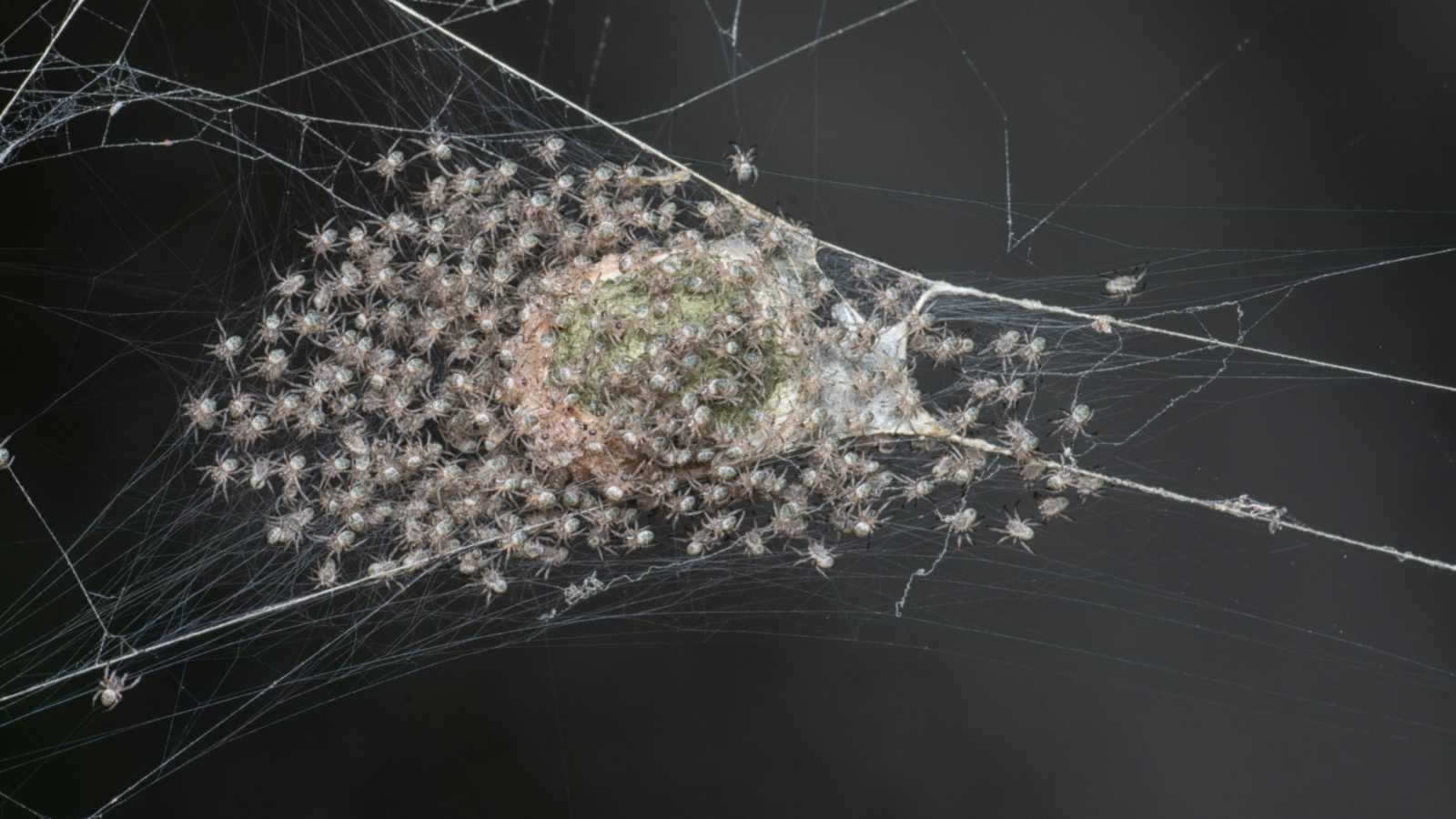
The spiderlings undergo a series of molts, shedding their exoskeleton to allow for growth. This process continues until they reach their adult size, which typically happens within a year. Adult yellow sac spiders are nocturnal hunters, using their venom to immobilize their prey.
The lifespan of a yellow sac spider is relatively short, usually around a year. However, the females tend to live a little longer than the males, especially if they have a steady supply of food. During their short life, these spiders can lay several egg sacs, ensuring the continuation of their species.
What Do Yellow Sac Spiders Look Like?
Yellow sac spiders are relatively small, typically measuring between a quarter to a third of an inch in length.
They have an elongated body that varies in color from pale yellow to beige, often with a greenish tinge. A distinguishing characteristic of these spiders is their abdomen, which is slightly darker than the rest of their body and often has a faint, chevron-like pattern.
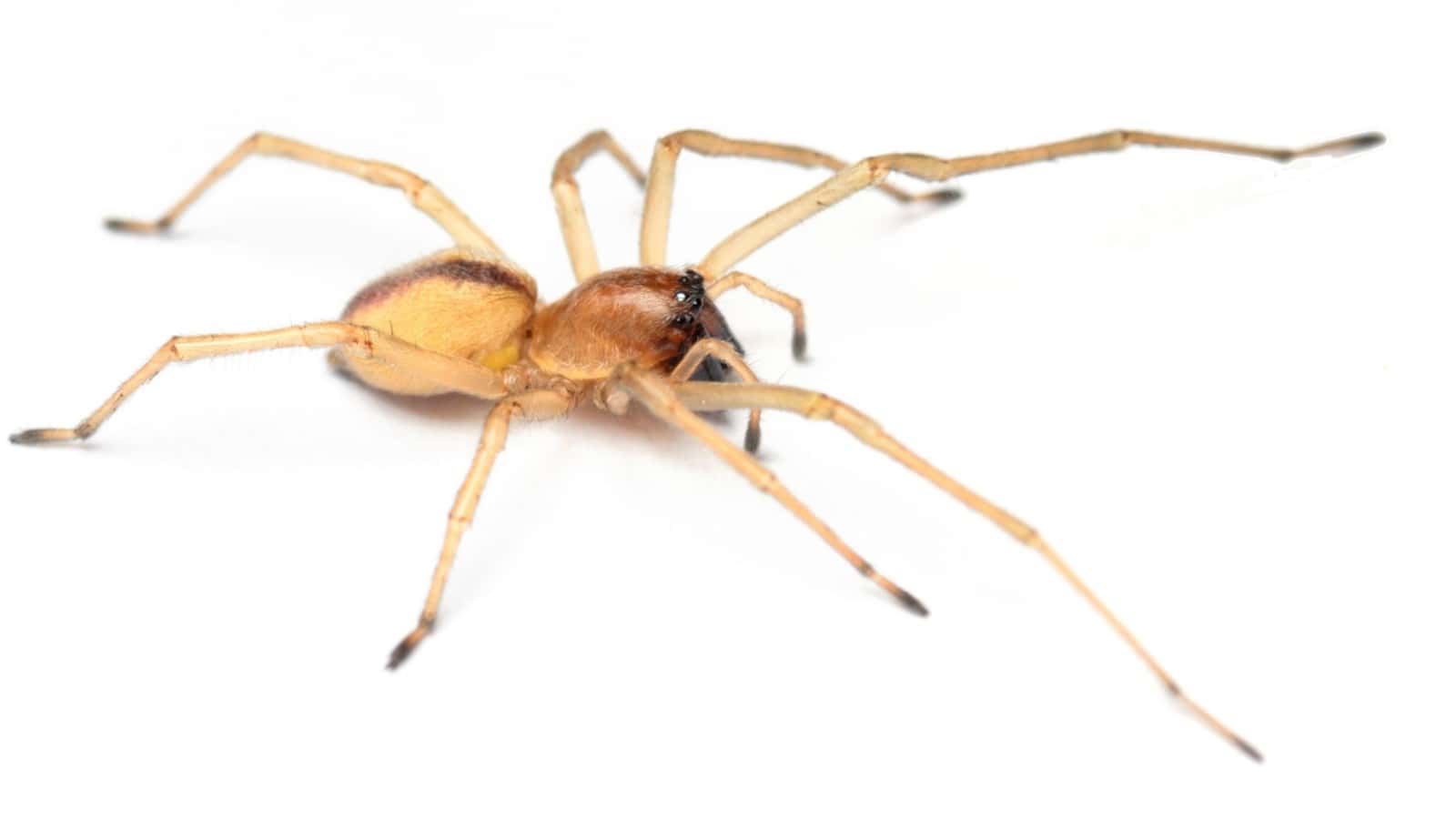
Their legs are longer and slender compared to their body size, and are also of a similar yellowish-beige color. Yellow sac spiders have eight eyes arranged in two rows, with the front row appearing larger and more prominent.
Plus, unlike many other spider species, yellow sac spider do not spin webs. Instead, they create a silken ‘sac’ in which they hide during the day, hence their name. At night, they become active hunters, seeking out their prey.
What Do Yellow Sac Spiders Eat?
Yellow sac spiders, also known as Cheiracanthium inclusum, are common household pests.
Their diet primarily consists of small insects and arachnids. Unlike some spiders that weave intricate webs to capture their prey, yellow sac spider are active hunters. They venture out at night in search of food, using their keen senses and agility to catch their prey unawares.
These spiders are not picky eaters and will consume a wide variety of insects, including flies, moths, mosquitoes, and other small spiders. They are also known to resort to cannibalism when food is scarce, attacking and eating their own kind. Yellow sac spiders play a vital role in controlling the population of insects in our homes and gardens.
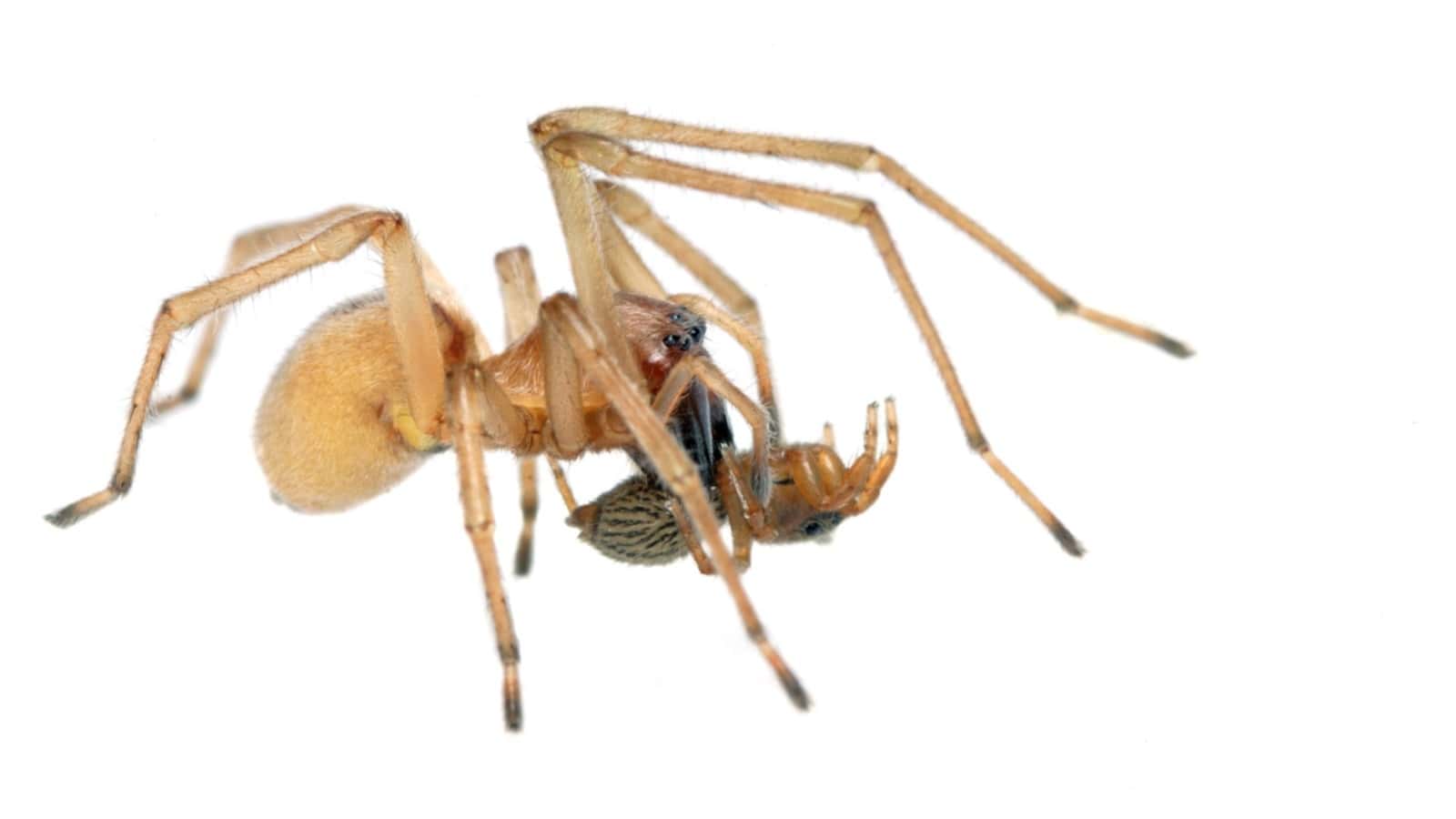
However, it’s important to note that while they are beneficial to our ecosystem, yellow sac spiders are also venomous. Their bite can cause minor skin irritations and discomfort.
Therefore, while they help control pests, it’s essential to handle a yellow sac spider infestation appropriately to avoid any unpleasant encounters.
Do Yellow Sac Spiders Jump?
One frequently asked question is, “Do yellow sac spiders jump?” The answer is no, Yellow Sac Spiders are not known for their jumping abilities. Unlike their counterparts such as Jumping Spiders, Yellow Sac Spiders are more likely to run than jump when threatened or hunting prey.
These spiders are nocturnal and spend their days in silken retreats, which is why they are called ‘sac’ spiders. They venture out during the night to hunt for their prey, which mainly consists of small insects.
Although they do not possess the ability to jump, they are excellent climbers, which aids them in catching their prey and avoiding predators.
Types Of Yellow Sac Spiders
Yellow sac spiders belong to the Cheiracanthium genus and are typically divided into two main types: Cheiracanthium inclusum and Cheiracanthium mildei.
Cheiracanthium inclusum, also known as the agrarian sac spider, is native to North America. It’s commonly found in fields and gardens, hence its name. This spider is known for its nocturnal habits and the distinctive sac-like web it spins for shelter.
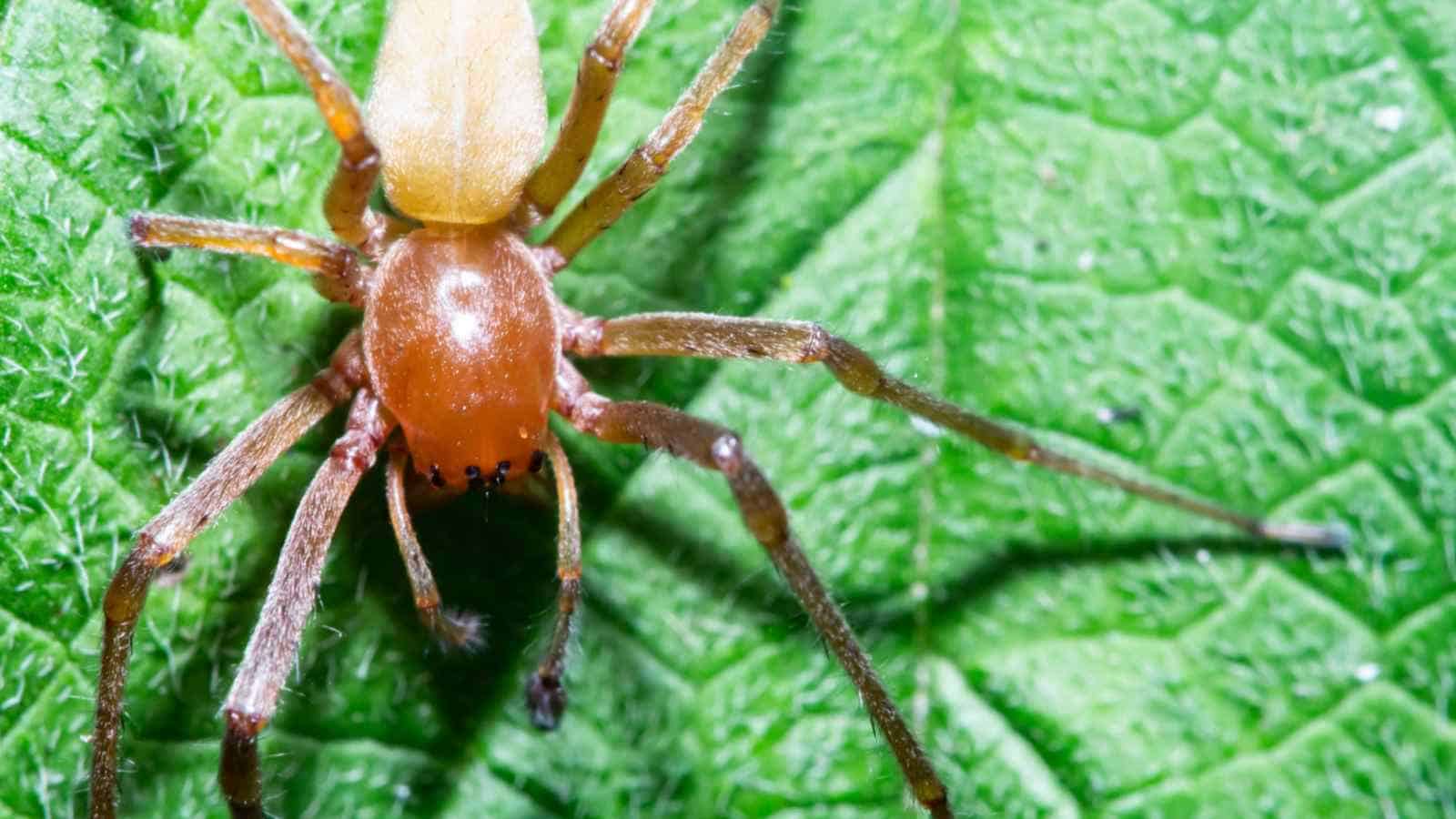
On the other hand, Cheiracanthium mildei, or the northern yellow sac spider, hails from Europe but has successfully colonized many parts of the world, including North America. This spider is often found indoors, in wall crevices, or behind furniture.

Both types of yellow sac spiders are known for their mildly venomous bite. While not deadly to humans, a bite can cause local pain, redness, and swelling.
Where Do Yellow Sac Spiders Live?
Yellow sac spiders, scientifically known as Cheiracanthium inclusum, are versatile arachnids that can adapt to a wide range of environments. They are primarily found in North America, but their distribution is worldwide.
These spiders prefer to live in warm, dry climates, and are commonly found in gardens, fields, forests, and even inside homes.
In outdoor settings, yellow sac spiders typically inhabit plants, trees, leaves piles, and under rocks. They are nocturnal creatures, hiding in their silken sacs during the day and hunting for prey at night.

Within homes, they can be found in corners, behind furniture, in wall cracks, and other undisturbed areas. They are particularly attracted to white or light-colored walls, as these mimic their natural outdoor habitat.
Despite their intimidating appearance, yellow sac spiders are not aggressive towards humans. However, they will bite if they feel threatened or trapped. Therefore, it’s essential to maintain regular pest control measures to keep these spiders at bay.
Remember, a well-informed homeowner can effectively manage these unwanted guests, ensuring a safe and comfortable living environment.
Signs You Have Yellow Sac Spiders
Yellow sac spiders are small arachnids that often invade homes in search of food and shelter. Recognizing their presence early can help you take effective pest control measures.
One of the primary signs of a yellow sac spider infestation is the sight of the spiders themselves. They are pale in color, ranging from yellow to beige, and can be identified by their cylindrical abdomen.

Another telltale sign is their distinctive webbing. Unlike the intricate patterns of other spiders, yellow sac spiders spin loose, irregular silk tubes or sacs. These are typically found in corners, behind furniture, or in other undisturbed areas of your home.
You may also notice small, round egg sacs, which are often hidden within the spider’s webbing. Each egg sac contains dozens of tiny spiderlings.
Plus, unexplained, tiny bites on your skin could suggest their presence. Yellow sac spiders are known to bite when they feel threatened or trapped. However, their venom is not harmful to humans.
If you notice any of these signs, it’s high time to seek professional pest control assistance.
Why Do You Get Yellow Sac Spiders?
Yellow sac spiders, known for their distinctive yellowish hue, are common household pests. But why do you get them?
These spiders are attracted to warm, cozy environments, and your home provides the perfect sanctuary. They thrive in areas with high insect populations, as they feed primarily on other small bugs.
Yellow sac spiders are nocturnal creatures, coming out at night to hunt. During the day, they hide in their silk sacs, hence the name. These sacs are often found in corners of walls, ceilings, behind furniture, or in other undisturbed areas of your home.

Their presence may also indicate an underlying issue with other pests. If your home has a high population of insects, it can attract these spiders. So, getting rid of yellow sac spiders may involve addressing other pest issues as well. .
Health Risks Of Yellow Sac Spiders
Yellow Sac spiders, known for their pale color and nocturnal habits, pose potential health risks that are often overlooked. Although not inherently lethal, their bites can cause significant discomfort and potentially serious complications if not treated promptly.
The initial bite from a Yellow Sac spider may seem relatively harmless, often mistaken for a mosquito bite. However, within a few hours, the bite site can become red and swollen, accompanied by a stinging sensation.
In some cases, victims may experience systemic reactions, such as fever, malaise, muscle cramps, and nausea.
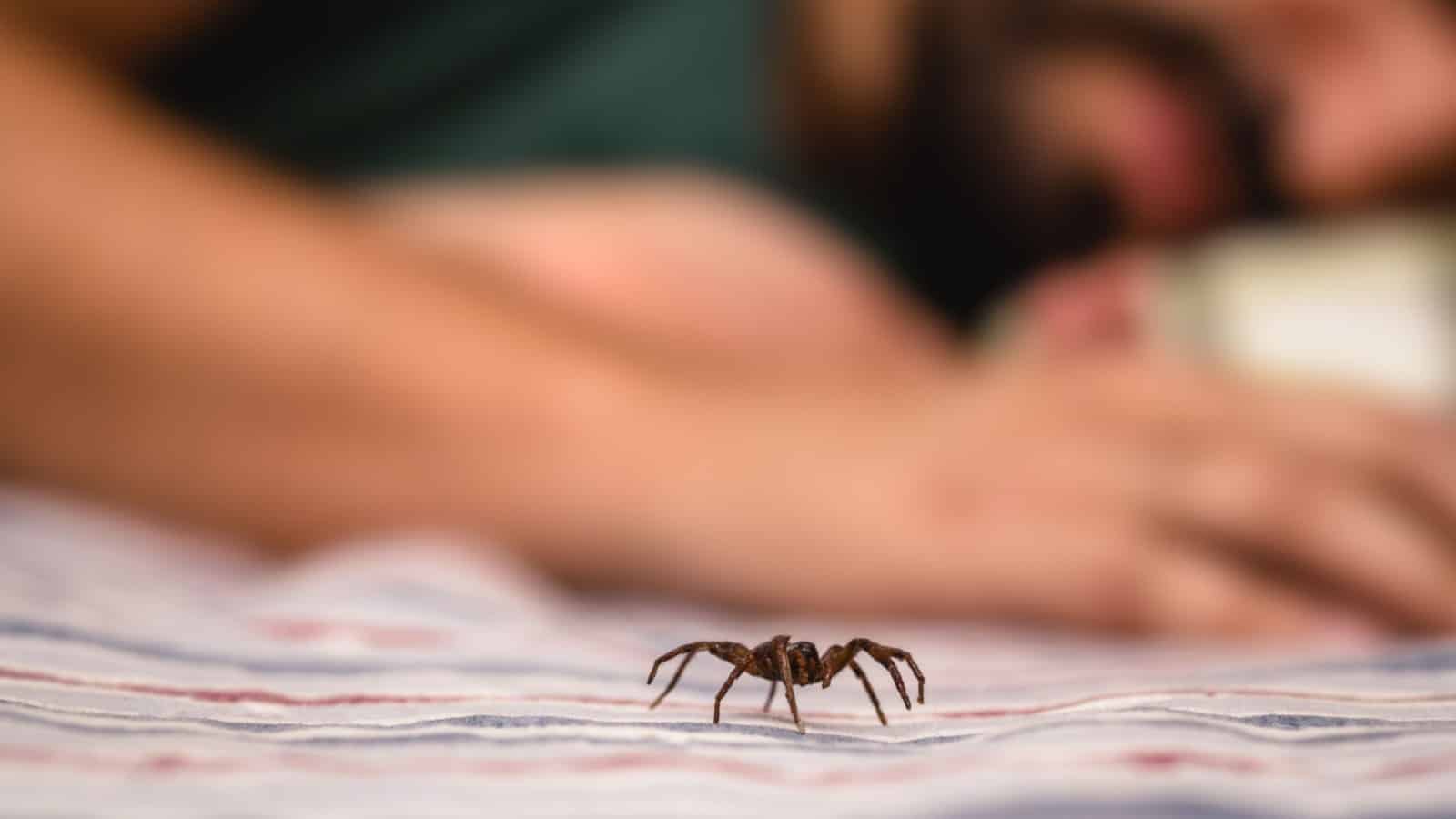
The primary health risk associated with these spiders is the potential for secondary infection. If the bite wound is not cleaned and cared for properly, bacteria can invade, leading to cellulitis or even systemic infections.
In rare cases, necrotic lesions similar to those caused by brown recluse spiders have been reported.
Therefore, it is crucial to seek medical attention if bitten by a Yellow Sac spider, especially if symptoms persist or worsen.
Do Yellow Sac Spiders Bite?
Yes, Yellow Sac Spiders do bite.
While they’re generally non-aggressive towards humans, Yellow Sac Spiders will bite if they feel threatened or cornered. The bite, though not lethal, can be quite painful, similar to a bee sting.
It may cause localized redness, swelling, and sometimes, a mild fever. The discomfort usually subsides within a week, but if symptoms persist, it’s advisable to seek medical attention.
Remember, Yellow Sac Spiders are more interested in catching their insect meals than biting humans. However, it’s crucial to be cautious when dealing with these spiders or any other pests in your home. Consider seeking professional pest control services if you notice an infestation, to ensure your home is safe and pest-free.
What Do Yellow Sac Spider Bites Look Like?
Recognizing a yellow sac spider bite is the first step in proper treatment and prevention.

Typically, a bite from this spider manifests as a mildly painful, raised red welt, similar to a mosquito bite. It might be accompanied by itching or slight swelling.
Unlike other spider bites that may have two puncture marks, yellow sac spider bites usually have a single puncture point at the center of the welt. In some cases, the skin around the bite may turn yellowish or necrotic, indicating a more severe reaction. However, this is relatively rare.
It’s important to remember that individual reactions can vary based on a person’s immune response. Some people may experience symptoms such as fever, malaise, or muscle cramps.
How To Treat Yellow Sac Spider Bites
Yellow Sac spiders are common in many homes, often hiding in wall corners or behind furniture. Though their bites are generally not fatal, they can cause discomfort. If you’ve been bitten, it’s essential to know how to treat it effectively.
Firstly, clean the bitten area with soap and water to prevent infection. Apply an ice pack to reduce swelling and numb the pain. Over-the-counter pain relievers and antihistamines can also help manage symptoms.
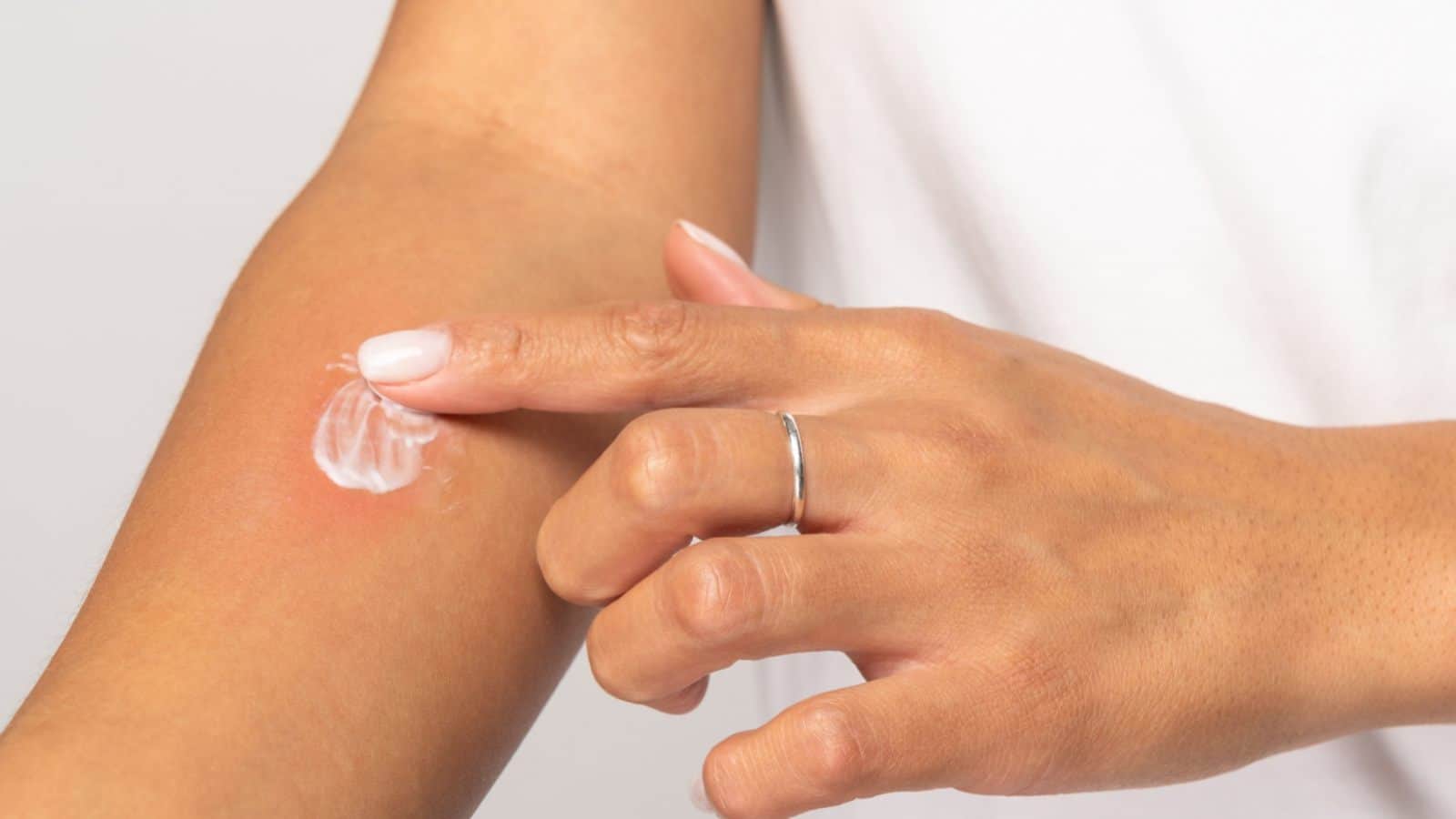
If you notice an increase in pain, redness, or pus, seek medical attention immediately as these could be signs of an infection.
In most cases, Yellow Sac spider bites heal on their own within a week. However, prevention is always better than cure. Regular pest control, sealing cracks and crevices, and keeping your home clean can significantly reduce the chances of encountering these spiders.
How To Get Rid Of Yellow Sac Spiders
If you have a yellow sac spider infestation, here’s what you can do to get rid of them:
Apply Spider Pesticides
Spider pesticides are specially formulated to target spiders, ensuring a successful extermination process.
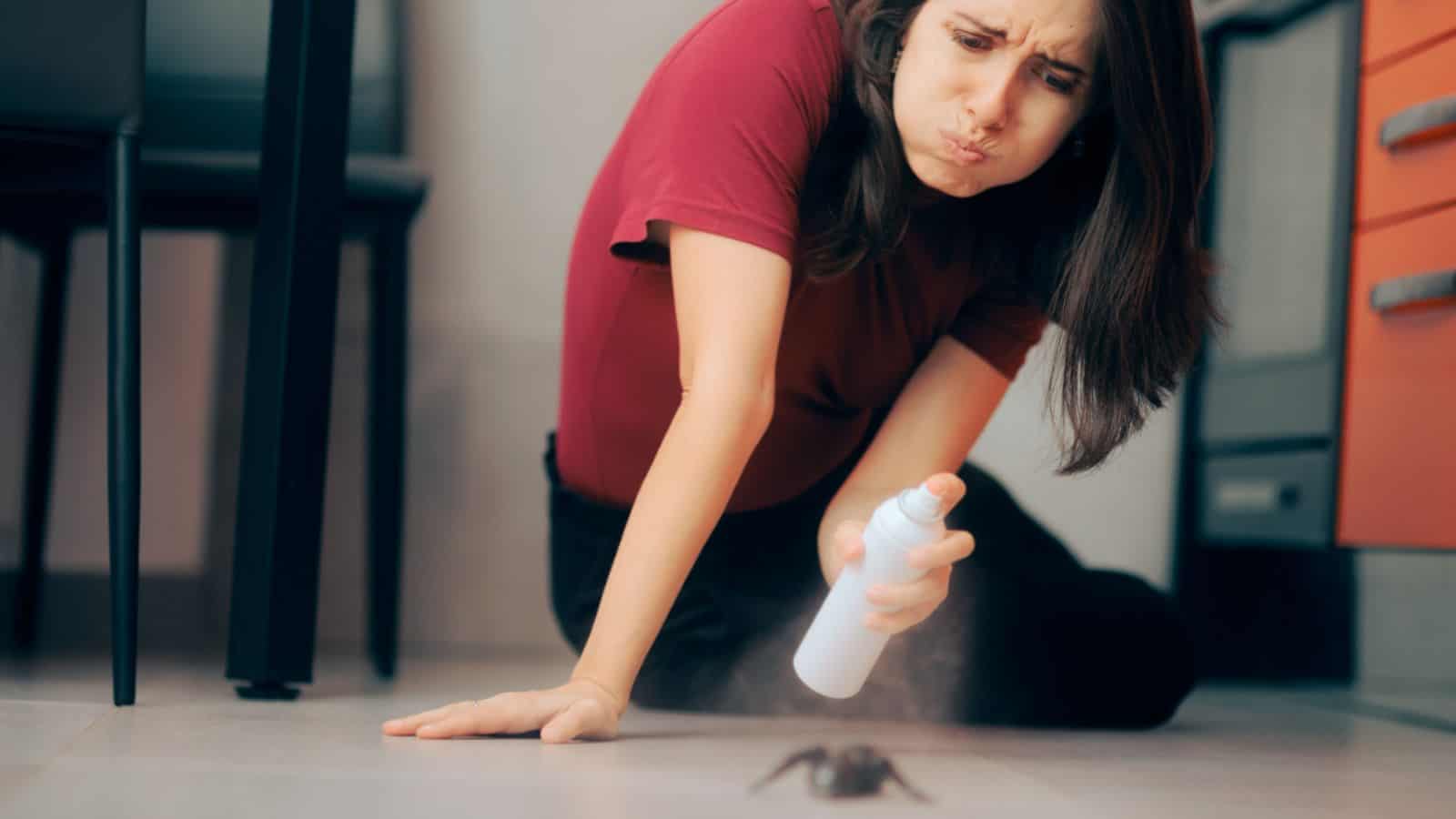
When applied correctly, these pesticides can significantly reduce the population of Yellow Sac Spiders in your home. It’s essential to focus on areas where these spiders are commonly found, such as corners of rooms, behind furniture, and in wall crevices.
Before applying any pesticide, always ensure to wear protective clothing and follow the manufacturer’s instructions. This will protect you from potential harmful effects of the chemicals.
Additionally, keep children and pets away from treated areas until the pesticide has completely dried.
Find and Destroy Egg Sacs
If you’re dealing with a yellow sac spider infestation, the key to effective pest control lies in locating and destroying their egg sacs. These spiders, known for their pale color and cylindrical egg sacs, often take refuge in corners of homes, garages, or gardens.
The egg sacs are usually hidden in webbed shelters, which can be found in corners of rooms, behind furniture, or in cluttered storage areas.
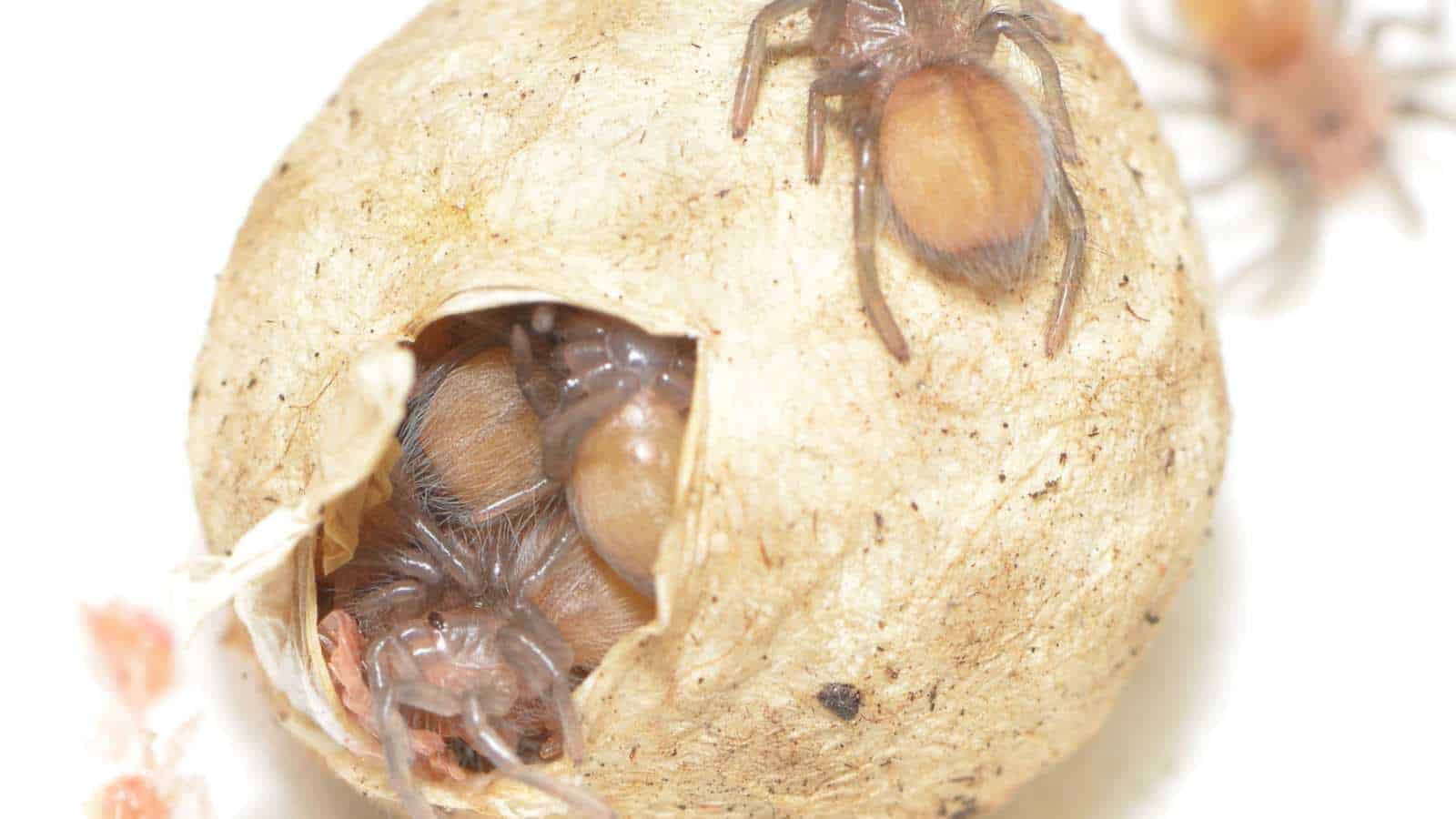
They are small, about the size of a pea, and contain hundreds of eggs. The presence of these egg sacs means a potential increase in the spider population in your home or garden.
To effectively get rid of yellow sac spiders, it’s essential to find and destroy these egg sacs. Use a vacuum to remove both the spiders and their sacs, then seal and dispose of the bag immediately.
For severe infestations, consider hiring a professional pest control service.
Use a Hose to Rinse Spiders
One effective way to manage these arachnids is to use a hose to rinse spiders away from your home.
Using a hose is a simple, non-toxic approach that doesn’t require the use of harmful chemicals. Begin by identifying areas where the spiders reside, such as cracks, crevices, or corners of your home. A high-pressure garden hose can then be used to dislodge and wash away these unwanted guests.
Remember to maintain a safe distance to avoid provoking the spiders. Regularly rinsing these areas can prevent the spiders from returning, keeping your home spider-free. This method is not only effective but also eco-friendly, contributing to a healthier environment.
Vacuum Up Spiders To Get Rid Of Yellow Sac Spiders
If you’re dealing with an infestation of Yellow Sac Spiders, don’t fret. These pests can be a nuisance, but there’s a simple and effective method to get rid of them – use your vacuum cleaner.
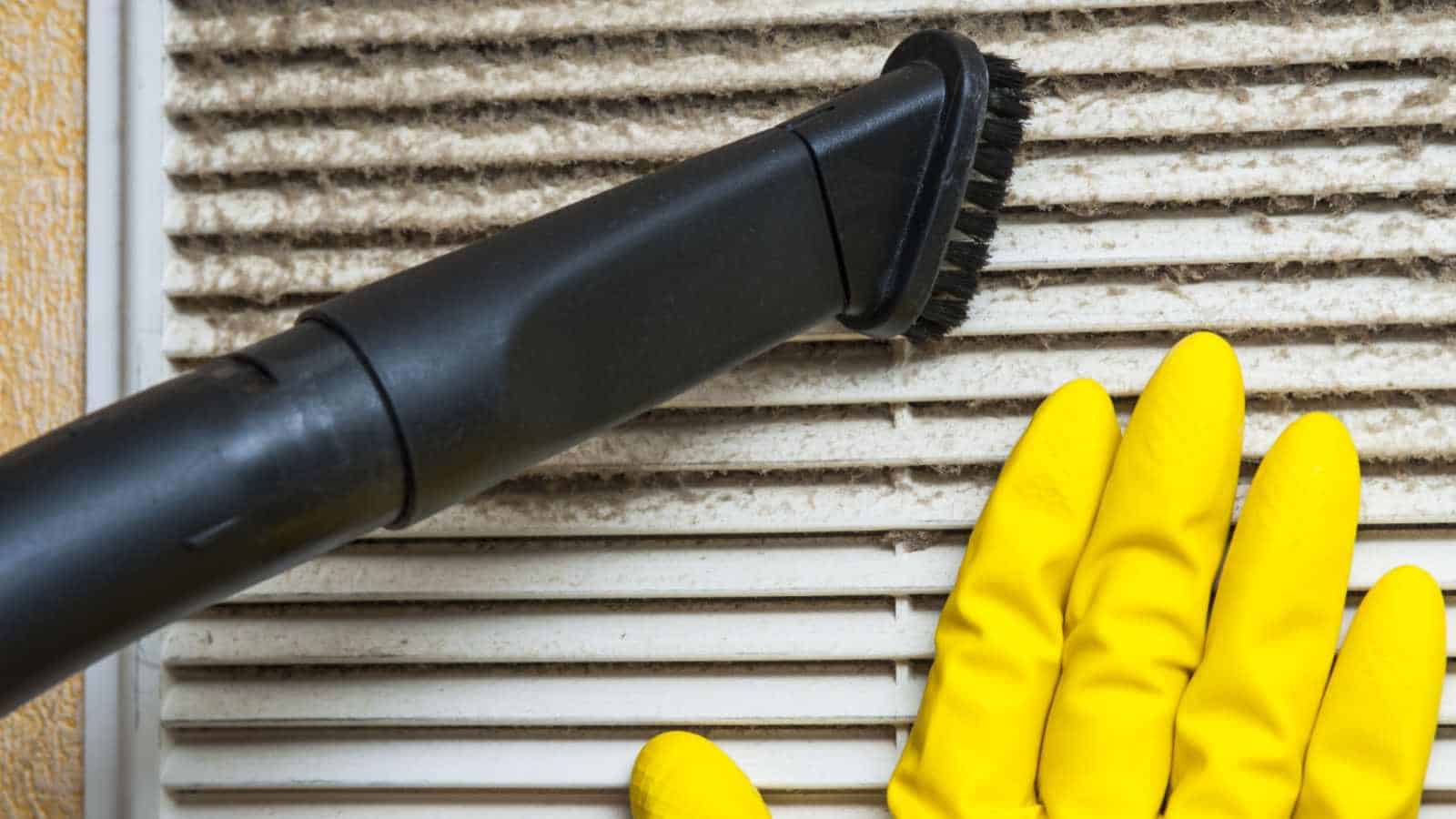
To combat these eight-legged intruderes, vacuuming is an excellent strategy. Start by thoroughly vacuuming all corners, cracks, and crevices where spiders might lurk, including under furniture and in closets. Don’t forget to vacuum window sills and door frames, as these are popular entry points for spiders.
Once you’ve vacuumed up the spiders, immediately dispose of the vacuum bag outside your home to prevent them from escaping back into your house. If you have a bagless vacuum, empty the container directly into a sealed bag before disposing of it.
Other Spider Guides from Planet Natural:
Everything You Need to Know About Camel Spiders (Solifugids)
Hobo Spider: Identification, Habits, and Effective Control Methods











